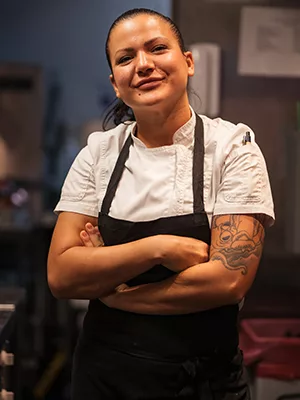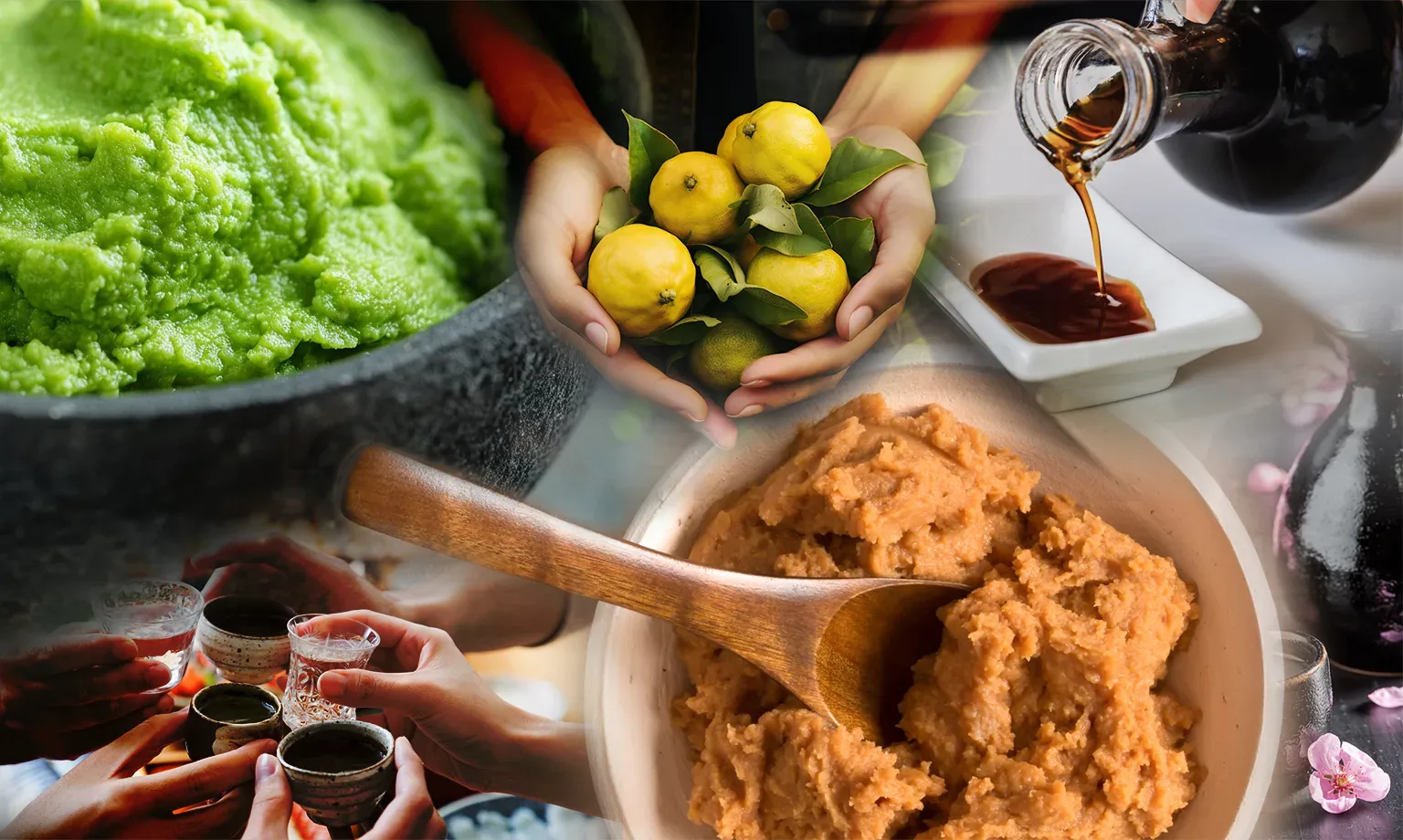In recent decades, the global culinary landscape has experienced a remarkable transformation, with Asian cuisine taking centre stage. From bustling street food stalls in Bangkok to sophisticated sushi bars in Tokyo, the allure of Asian flavours has captivated taste buds around the world. We dig deeper into this trend with Vanina Principi, Group Development Chef for Bone Daddies.
Where Does Asian Cuisine Come From?
Asian cuisine is a mosaic of culinary traditions that have evolved over thousands of years. The term “Asian cuisine” itself is a broad umbrella that encompasses a myriad of regional dishes from East Asia, Southeast Asia, South Asia, and beyond. Each region boasts its unique culinary identity, shaped by geography, climate, and cultural influences.
Breaking into the Scene
The media has played a pivotal role in elevating Asian cuisine to global prominence. Cooking shows, food documentaries, and social media platforms have brought the vibrant colours, intricate techniques, and exotic flavours of Asian dishes into the homes of millions.
Another key factor driving the popularity of the cuisine is its association with health and wellness. Many Asian diets are plant-based, with a strong emphasis on fresh vegetables, lean proteins, and whole grains. Alternatively, the traditional Japanese diet, for example, is renowned for its focus on fish, seaweed, and fermented foods, which are rich in omega-3 fatty acids and probiotics.
At Flesh & Buns, our new restaurant opening as part of the Bone Daddies franchise, we believe that food and experiences are made to share. Our Japanese-inspired menu serves up a mix of small and larger plates, meaning every guest can build their very own sharing experience, as well as their own hot hirata buns. Let’s dive into some of our favourite Asian flavours which make these dishes so popular.

Soy Sauce
Soy sauce, or shoyu, is a cornerstone of Asian cuisine, boasting a robust umami flavour. Used as a seasoning and dipping sauce, soy sauce enhances the taste of a myriad of dishes, from sushi to stir-fries. The delicate balance of saltiness, sweetness and umami makes soy sauce an essential component in traditional Japanese cooking.
Miso
Made from fermented soybean paste, miso contributes a profound umami flavour to dishes that is well-balanced.Its depth ranges from sweet to salty, and it comes in varieties such as white (shiro), red (aka), and traditional (awase).
Miso is not just a soup base; it elevates marinades, glazes, and dressings, adding a complex and savoury character to any dish it graces. You can find miso complimenting the flavours in many of our dishes, including our tenderstem broccoli with orange miso and our avocado miso maki.
Yuzu
The citrus fruit yuzu imparts a bright and aromatic zest to Japanese cuisine. Its distinctive tart flavour, a harmonious blend of mandarin orange, lemon, and grapefruit, enhances both sweet and savoury dishes. Yuzu finds its way into sauces, dressings, and desserts, providing a refreshing and uplifting note. If you want to try yuzu, choose our Padron peppers small plate grilled with yuzu miso, or consider our fried squid small plate, served with yuzu kosho mayo, Japanese spices, and red chilli.
Wasabi
Wasabi, a fiery green paste derived from Japanese horseradish plant, adds a pungent kick to dishes. Traditionally served with sushi and sashimi, wasabi’s distinct heat clears the palate and complements the freshness of raw fish. Its ability to awaken the senses makes it a key part of traditional Japanese dining. Our delicious portobello mushroom bao buns are served with wasabi mayo and daikon pickle.
Sake
Sake, often referred to as rice wine, is a versatile beverage crafted from polished rice, water, yeast, and koji mould. Unlike Western wines, sake undergoes a unique brewing process where the starches in rice are converted into sugars, leading to alcohol fermentation. What truly sets Sake apart is the meticulous brewing process, where each step contributes to the final flavour profile – ranging from sweet and fruity to dry and savoury.
The quality of sake hinges on various factors, such as the expertise of the brewer, the purity of water used, and the specific rice strains chosen. A well-balanced sake exhibits harmony between sweetness, acidity, bitterness, and umami.
The brewing process itself – including the fermentation temperature and duration – also contributes to the final flavour profile. Discerning these elements can lead to a heightened appreciation for the craftsmanship behind a bottle of sake.
The Last Word
With so many unique and diverse flavours, it’s no wonder there has been such an explosion of Asian food on the culinary scene in recent years. If you’re in London and want to experience some traditional Japanese cuisine, Flesh & Buns is the place to be. Whether you’re craving beautiful hand-rolled sushi or rich, tender shredded duck – our Japanese Izakaya menus have your perfect mix of dishes.
The rise in popularity of Asian cuisine is not merely a trend but a testament to its rich history, diverse ingredients, and cultural significance.



















